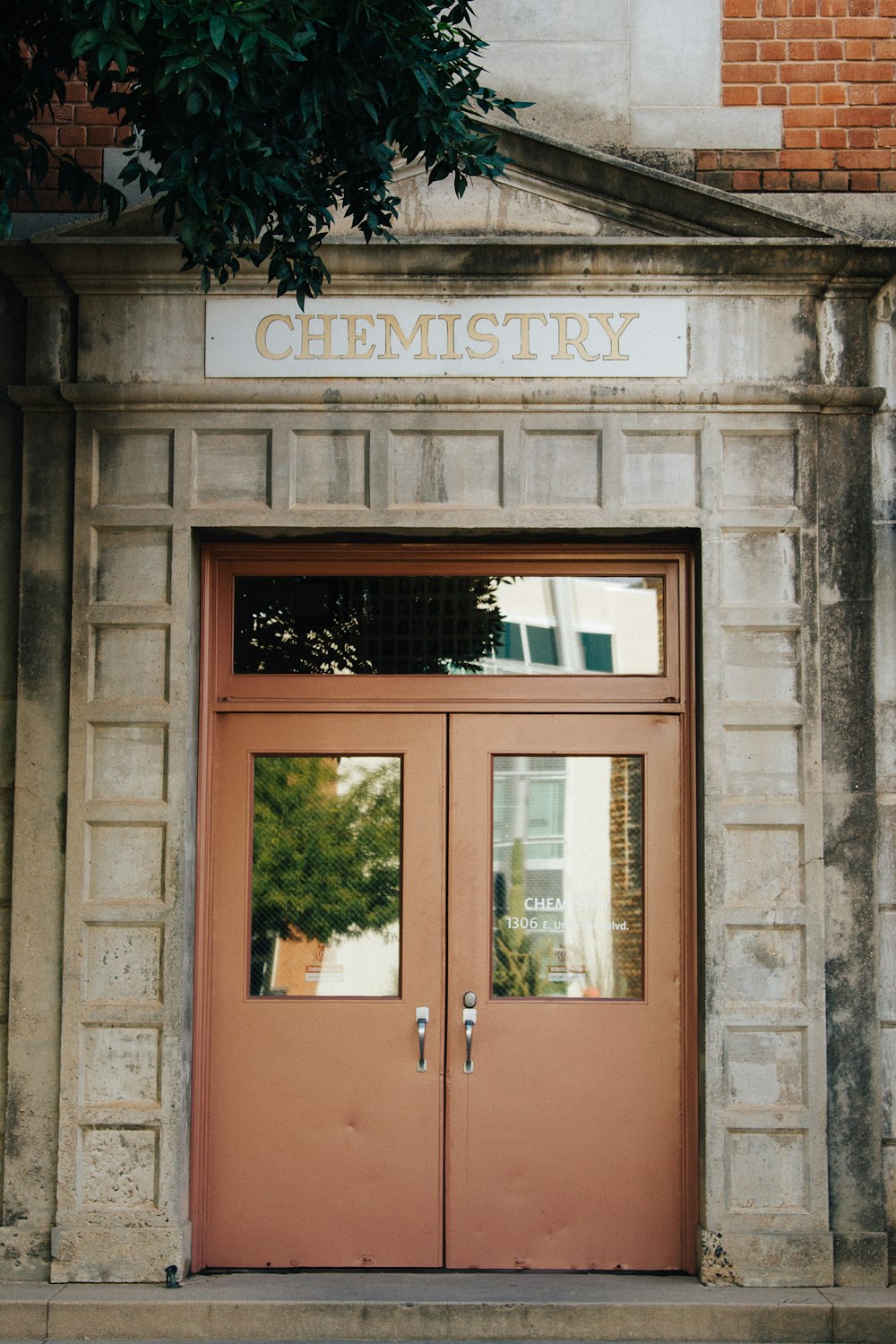Chapter 9: Stoichiometry Using Chemical Equations
Enhanced Introductory College Chemistry
by Gregory Anderson; Caryn Fahey; Jackie MacDonald; Adrienne Richards; Samantha Sullivan Sauer; J.R. van Haarlem; and David Wegman;
Chapter Contents
- 9.1 Stoichiometry basics
- 9.2 Mole-Mass and Mass-Mass Stoichiometry
- 9.3 Limiting Reactants
- 9.4 Reaction Yields
- Summary
- Review
Except where otherwise noted, this OER is licensed under CC BY 4.0
Please visit the web version of Enhanced Introductory College Chemistry to access the complete book, interactive activities and ancillary resources.
In this chapter, you will learn about
- Quantitative components within a chemical reaction
- Mole ratios within a chemical reaction
- Stoichiometry analysis of a chemical reaction involving moles and mass
- Determine the limiting reactant and the excess reactant in a chemical reaction
- Determine the percent yield within a chemical reaction
To better support your learning, you should be familiar with the following concepts before starting this chapter:
- Nomenclature
- Compounds
- Mole quantities and calculations
- Molar mass

At Contrived State University in Anytown, Ohio, a new building was dedicated in March 2010 to house the College of Education. The 100,000-square-foot building has enough office space to accommodate 86 full-time faculty members and 167 full-time staff.
In a fit of monetary excess, the university administration offered to buy new furniture (desks and chairs) and computer workstations for all faculty and staff members moving into the new building. However, to save on long-term energy and materials costs, the university offered to buy only 1 laser printer per 10 employees, with the plan to network the printers together.
How many laser printers did the administration have to buy? It is rather simple to show that 26 laser printers are needed for all the employees. However, what if a chemist was calculating quantities for a chemical reaction? Interestingly enough, similar calculations can be performed for chemicals as well as laser printers.
In filling a new office building with furniture and equipment, managers do calculations similar to those performed by scientists doing chemical reactions.
We have already established that quantities are important in science, especially in chemistry. It is important to make accurate measurements of a variety of quantities when performing experiments. However, it is also important to be able to relate one measured quantity to another, unmeasured quantity. In this chapter, we will consider how we manipulate quantities to relate them to each other.
Attribution & References
Except where otherwise noted, this section is adapted by Adrienne Richards from “Chapter 5: Stoichiometry and the Mole” In Introductory Chemistry: 1st Canadian Edition by David W. Ball and Jessica A. Key, licensed under CC BY NC SA 4.0.

